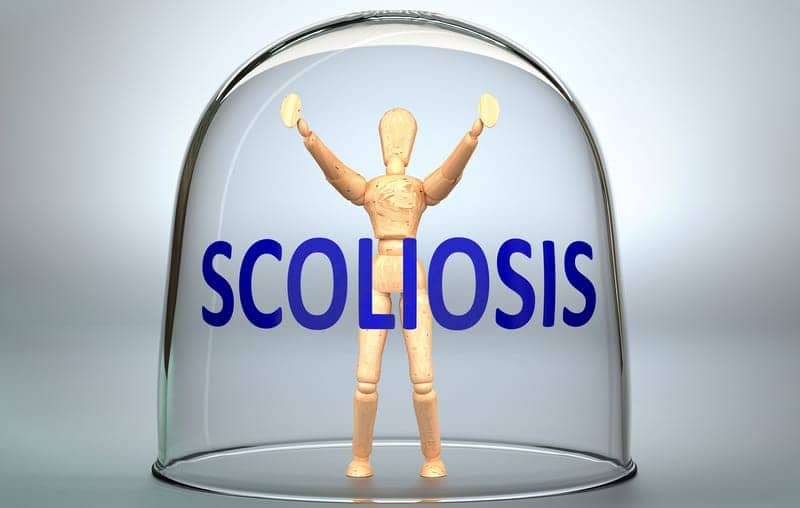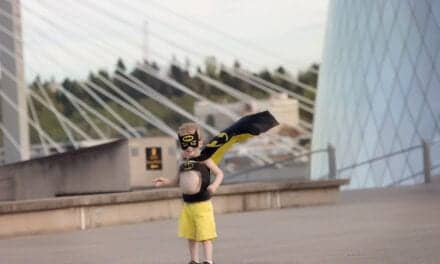The results of a new study recently published in Spine Deformity explore how quickly athletes can return to sports activity following posterior spinal fusion, a treatment option for patients with severe adolescent idiopathic scoliosis.
“It’s never easy for a young athlete to learn that they have a serious condition that may require surgery,” said Sumeet Garg, MD, pediatric spine surgeon at Children’s Hospital Colorado and Associate Professor of Orthopedics at University of Colorado. “Safe return to sports and other physical activities has become commonplace among patients with idiopathic scoliosis who undergo spine fusion surgery. However, before this study there was no prospective data regarding timing for safely returning to sport.”
The study showed when athletes were released to unrestricted activity at four to eight weeks, athletes quickly return to baseline levels of sports performance with over half achieving this metric by three months.
Led by Dr. Garg, the study enrolled 26 athletes ages 10-18 years old who competed at a junior varsity level of athletics or higher for more than three months per year. Athletes completed preoperative sports performance and Patient Reported Outcomes Measurement Information System (PROMIS) physical activity, pain interference and depressive symptoms questionnaires. Self-assessments were repeated monthly until one year after surgery.
The study found that the median time to return to sport was 2.7 months. At a year post-surgery, 24 of 26 athletes reported they had returned to sport at their presurgical level of play. Participation in contact sports was associated with a longer return to sport relative to participation in non-contact/limited contact sports. Conditioning and flexibility were the most common barriers to return to sport.
“Sports like soccer, basketball, volleyball, track and dance are all activities in which an adolescent with a successful posterior spinal fusion is likely to be able to participate,” Dr. Garg said. “At Children’s Hospital Colorado, our goal is to help patients live and play like a kid again. Often that means returning to a sport that they love.”
[Source(s): Children’s Hospital Colorado, PR Newswire]





